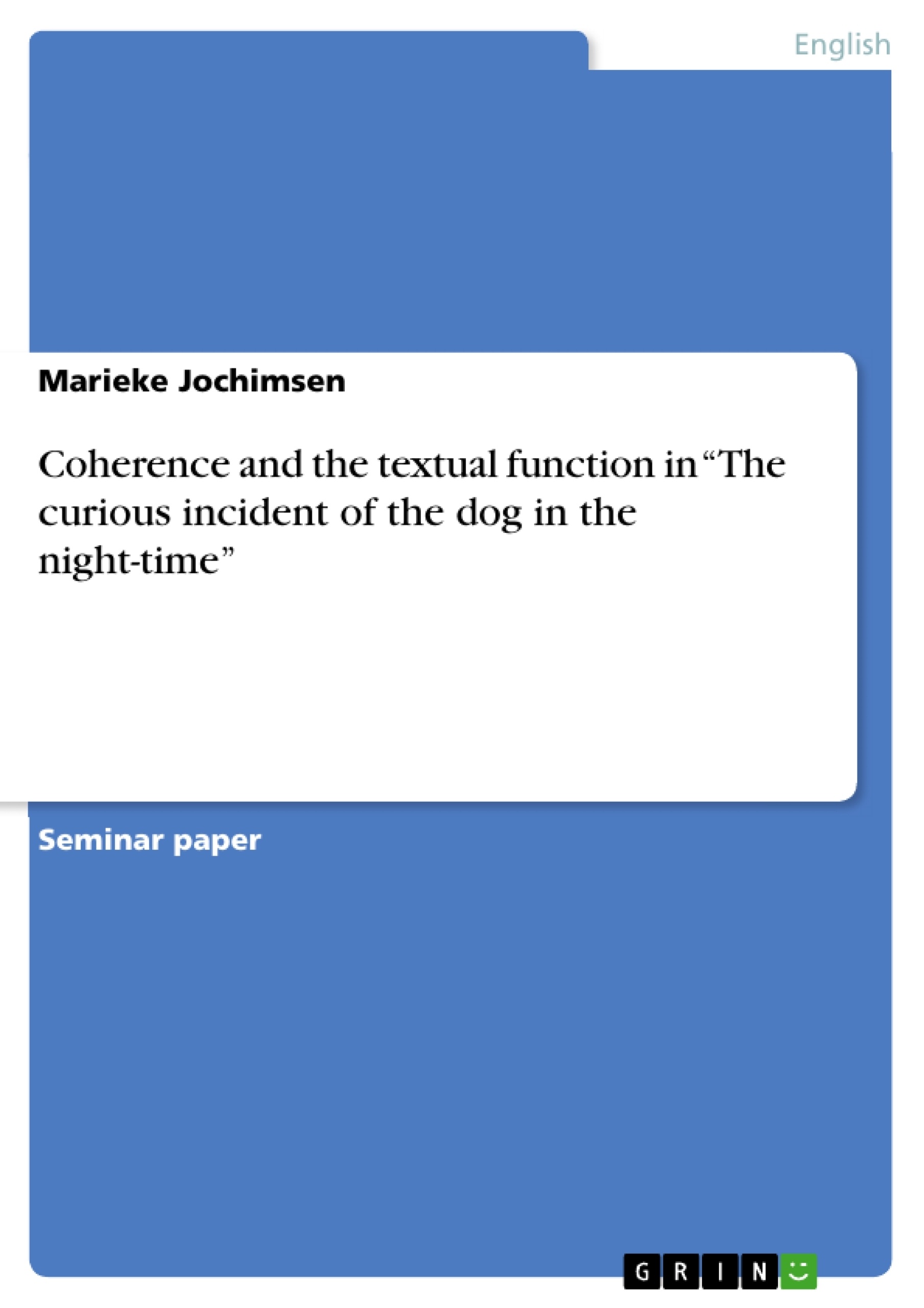“Wherever we look, we see language constituting the world […], not just reflecting it. For instance, the words for colours make a reality, they don’t just name things which are ‘there’: the spectrum isn’t divided into seven primary colours; all the colours merge into one another.”
According to structural linguistics, by using language, we are not reflecting a given reality but are rather construing one. Systemic functional grammar, developed by M. A. K. Halliday, states just this construal feature of language as well: That language functions to make meanings (and not to only refer to the outside world). But furthermore elaborates on how a text makes those meanings. It focuses therefore on the functional description of language.
The basic assumption is that language use is always functional: “people do not ‘just talk’ or ‘just write’”2 but rather any use of language serves a specific purpose, namely to make meanings. The primary concern of systemic functional linguistics can therefore be summed up under the questions: “How is language structured for use?”3 How does it make meanings?
According to Halliday, language makes meanings on three different levels simultaneously: on the experiental level, because it represents experience, on the interpersonal level, because language is used to interact with each other and on the textual level, because we organize our message somehow.
This research paper will focus on the textual metafunction of language, which is the theory of the clause being organized as a message. The aim is to show that text itself construes the context by involving meaningful choices concerning what to put in thematic position and by means of cohesion. Thus, context is not only created through coherence, i.e. the outside knowledge of the text and the cultural context of it, but a huge part of the context can be gathered from the text itself. As Eggins states: “The choices realised in text are themselves the realization of contextual dimensions.”
Inhaltsverzeichnis (Table of Contents)
- Introduction
- Theory
- The need for a functional grammar
- The textual meaning of a clause
- The Theme-Rheme system
- Cohesion
- Analysis
- What gets to be Theme
- Choice of topical Theme
- Markedness of Theme choices
- Method of development
- Conclusion
- Bibliography
- Appendix
Zielsetzung und Themenschwerpunkte (Objectives and Key Themes)
This research paper focuses on the textual metafunction of language, exploring how a text itself constructs its context through meaningful choices in thematic positioning and cohesion. It aims to demonstrate that context is not solely determined by external factors, but is significantly shaped by the text itself. The paper argues that the choices made in the text represent contextual dimensions.
- The textual metafunction of language
- The Theme-Rheme system and its role in constructing context
- The concept of cohesion and its contribution to textual meaning
- The relationship between text, context, and meaning
- The functional grammar of M. A. K. Halliday
Zusammenfassung der Kapitel (Chapter Summaries)
Introduction
This chapter introduces the concept of language as a means of construing reality, rather than merely reflecting it. It presents the core principles of Systemic Functional Grammar (SFG) and highlights its focus on the functional description of language. It also introduces the concept of the textual metafunction of language, which is the focus of this paper.
Theory
The need for a functional grammar
This section emphasizes the importance of functional grammar in understanding the semantics of a text. It argues that functional grammar aims to explain how a text makes meaning, rather than simply interpreting its content.
The textual meaning of a clause
The Theme-Rheme system
This section introduces the concept of the Theme-Rheme system, which organizes a clause into two parts: the Theme, which acts as the point of departure for the message, and the Rheme, which develops the Theme. It explains how the choice of Theme involves a meaningful choice that contributes to the context of the text.
Cohesion
This section discusses the concept of cohesion and its role in creating a coherent text. It highlights how cohesion contributes to the overall meaning of the text.
Schlüsselwörter (Keywords)
Key terms and concepts explored in this paper include Systemic Functional Grammar, textual metafunction, Theme-Rheme system, cohesion, context, construal, functional grammar, lexico-grammar, markedness, and unmarked theme.
- Quote paper
- Marieke Jochimsen (Author), 2008, Coherence and the textual function in “The curious incident of the dog in the night-time”, Munich, GRIN Verlag, https://www.grin.com/document/148621



